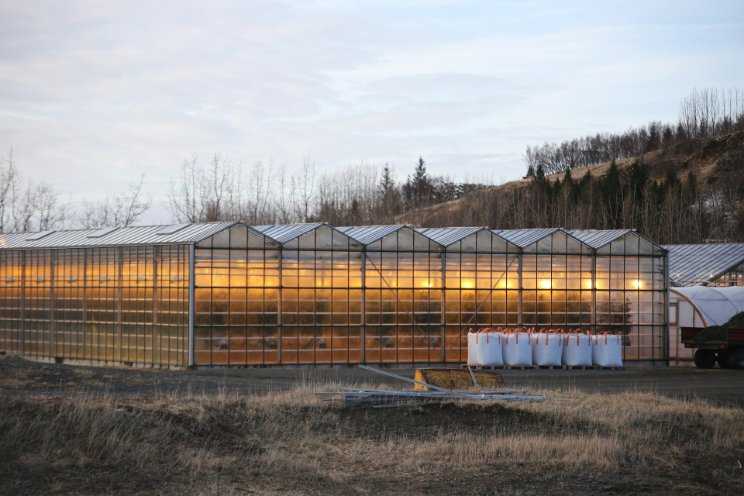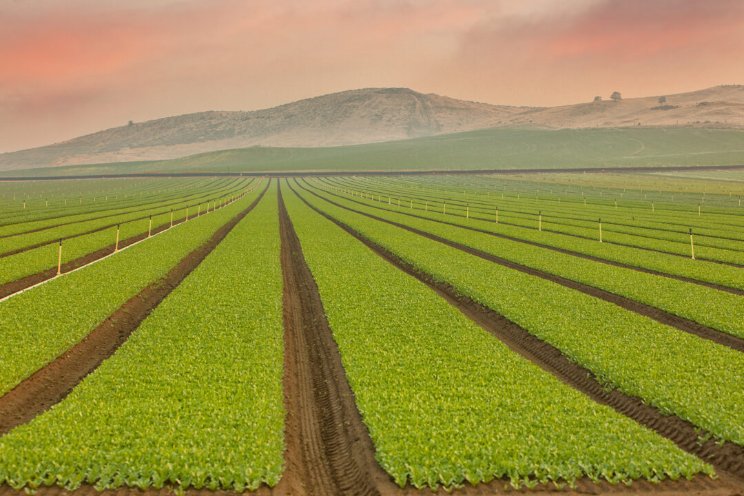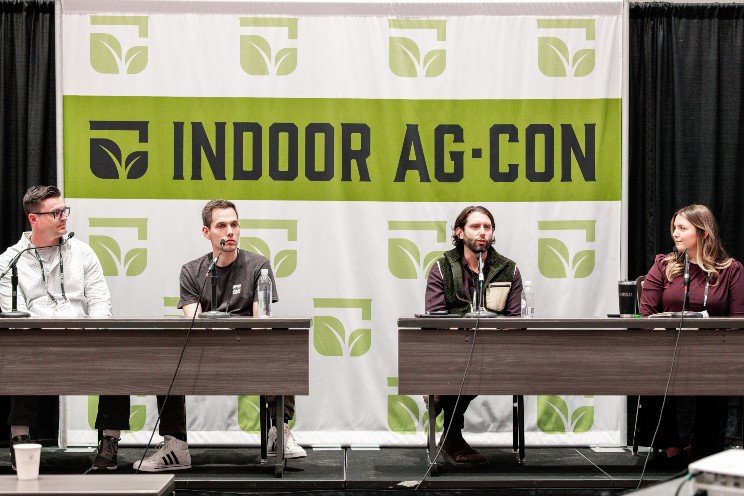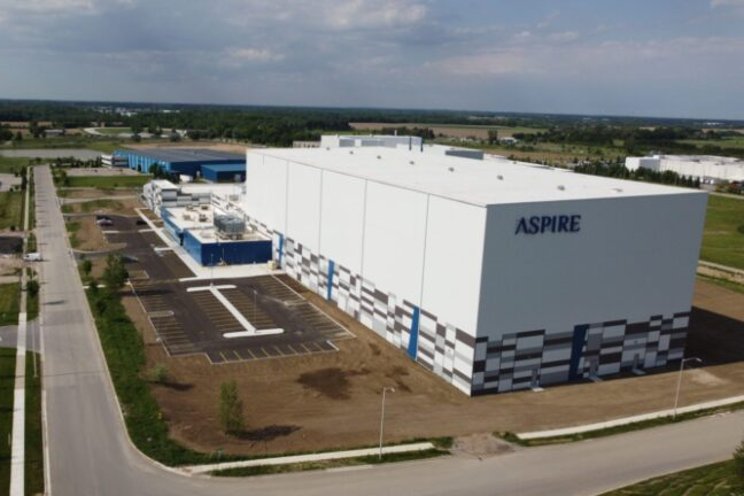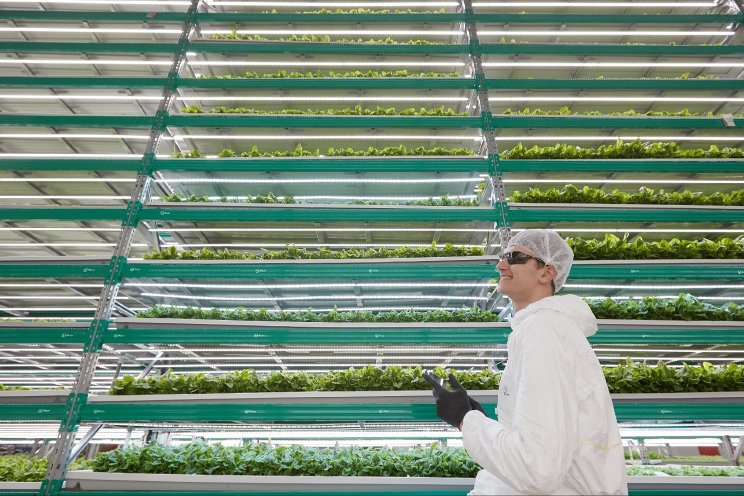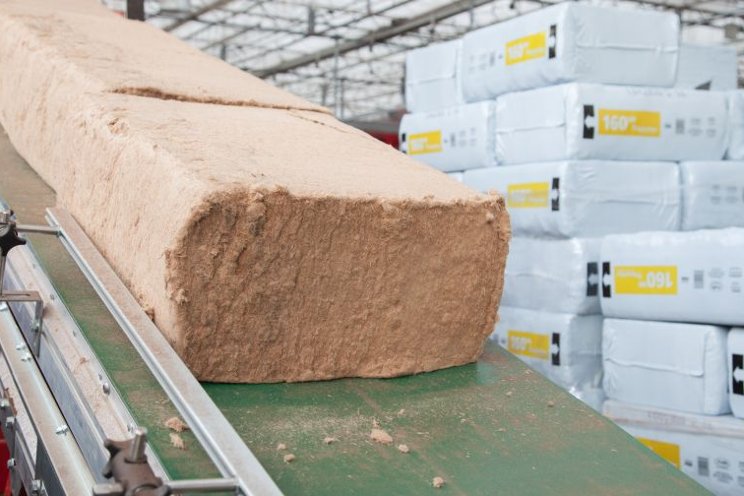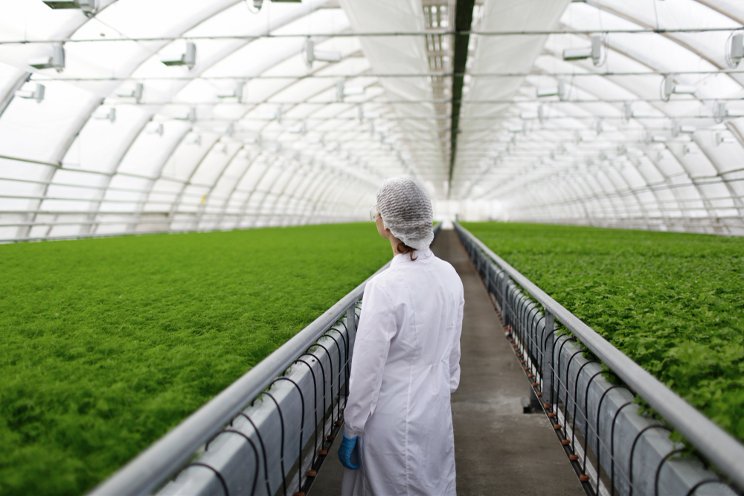Greenhouse technology can help feed Africa
Added on 15 May 2022

This basic food item is far beyond the financial reach of an ordinary person in the world's second-poorest country.
I'm working with partners to solve this growing challenge with technology.
As an architect by trade and a technology-focused farmer in Mali, I grow off-season fruits and vegetables in greenhouses. We started with tomatoes and have moved into cucumbers, peppers, green beans, melons, and watermelons, and even roses.
Our efforts have succeeded so well that farmers and entrepreneurs around Africa have taken notice. They see how the technology of greenhouses can create new opportunities for growing food and employing people.
My projects now have included eight hectares of greenhouses in Bamako, the capital of Mali, as well as a hectare of greenhouses in both Burkina Faso and Chad. I also have partnerships in Guinea, the Ivory Coast, and Niger.
Last month, I visited Congo to meet with a potential investor who contacted me through my company's Facebook page. He would like to build 15 greenhouses—and make melons and other fruits and vegetables more affordable for the people of Congo Brazzaville.
Greenhouses are climate-controlled structures with transparent walls and ceilings that allow farmers to grow crops in places where they can't survive outside. Most of Mali, for example, is in a region known as the Sahel, which separates the Sahara Desert from the coastal areas of West Africa. It's dry and hot. These conditions make it impossible to grow most crops.
Continue reading.
Photo created by DCStudio - www.freepik.com
Source: Ag Web
More news


